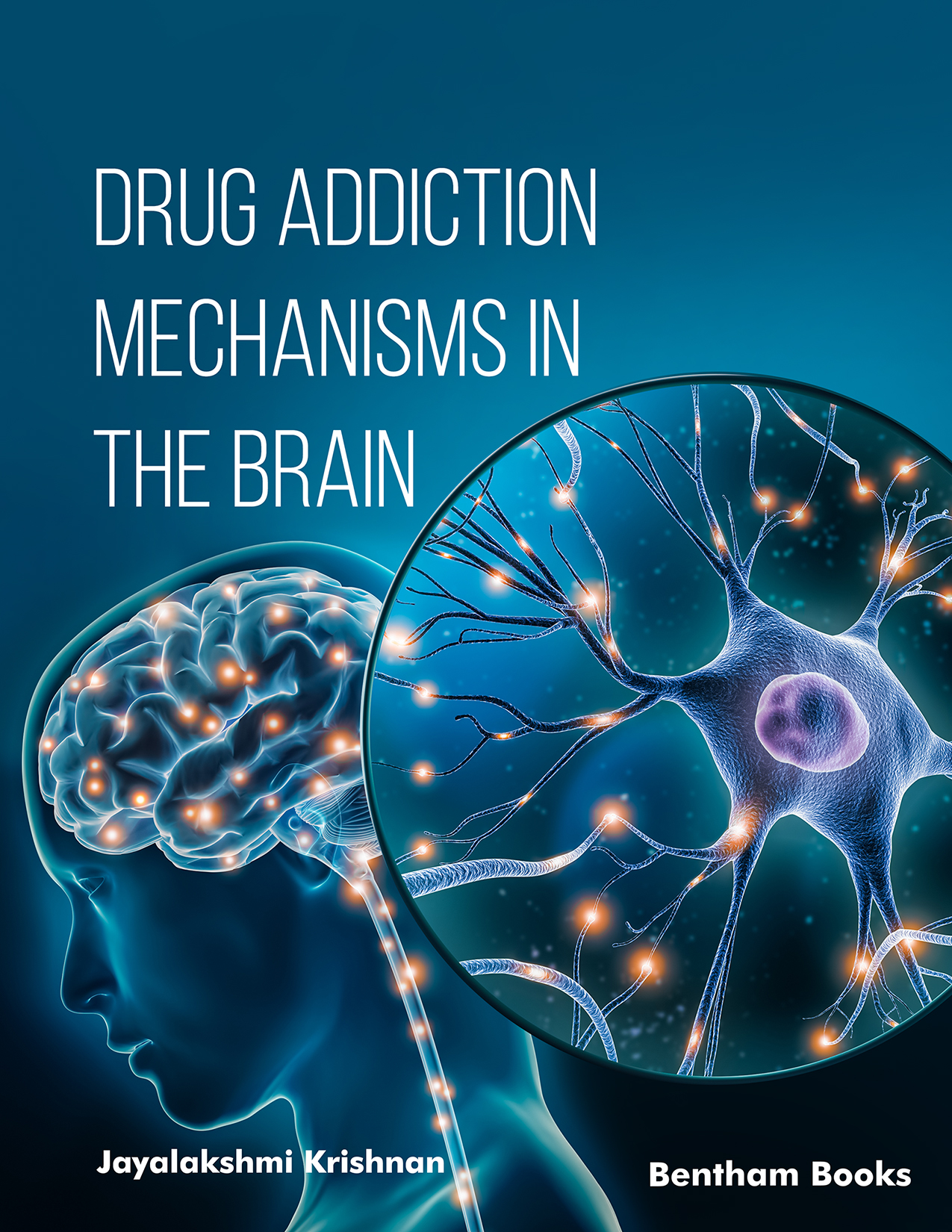Introduction
Drug Addiction Mechanisms in the Brain explores the fascinating world of drug substances and their effects on the brain. This book provides a comprehensive overview of the ten major substances that contribute to drug addiction Information about each substance is presented in a specific chapter, shedding light on their biochemical mechanisms and physiological effects. From the stimulating effects of cocaine to the sedative properties of heroin, and the hallucinogenic experiences induced by LSD, the book takes the reader through the intricate pathways of addiction. Other substances covered in the book include alcohol, nicotine, MDMA, METH, morphine, ketamine, and fentanyl. Readers will gain an understanding about neurochemical alterations in the brain Anyone looking for interesting knowledge about the addictive nature of common drugs and their complex interplay with the brain will find this book informative.
Readership
Researchers, healthcare professionals, counsellors and general readers.

